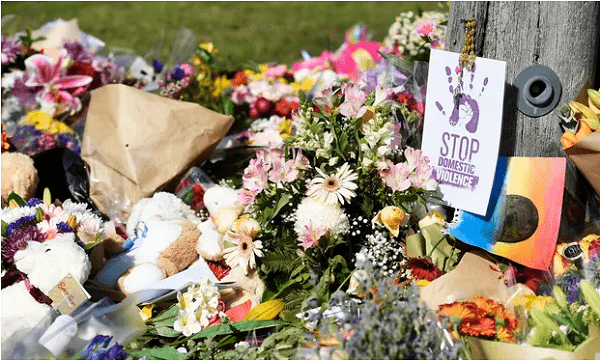The Women’s Safety Council will meet today. If they genuinely want to take strong action, this is what they must do.
Hayley Foster, CEO of Women’s Safety NSW, and Renee Carr, Executive Director of campaigning community Fair Agenda, share this piece.
Women’s Safety Ministers from around the country meet today, in one of the few forums dedicated to the cross-government decision making needed to address the family violence crisis. And, with the “second wave” upon us – a strong and immediate response to the impacts of COVID-19 on women’s safety couldn’t be more important.
So what would strong action at today’s Women’s Safety Council meeting actually look like?
Australia’s leading experts briefed the Morrison Government on what’s required to improve women’s safety back in the early days of the pandemic. That’s:
- Properly funding the specialist services that support victim-survivor safety and intervene with perpetrators,
- Ensuring every woman subject to violence is able to access the income, material and health support she needs to be safe and escape her abuser,
- Ensuring the legal system prioritises safety – including improving AVO standards and putting safety first in family law, and
- Maintaining access to contraception and abortion care so that those facing sexual violence and reproductive coercion can access the support they need.
We know that when a woman can access the safety support she needs in moments of crisis, it can change her life and allow her and her children to get on with building safer futures. We also know that when specialist intervention is funded – it can help to prevent the kind of murders that have been devastating our communities.
But government decisions mean, in so many cases, that’s still not happening. In fact, the response we’ve seen from most governments hasn’t even been close to what was needed before this pandemic; and it’s far less than what’s needed to support those facing greater risks and barriers now that it’s underway.
This pandemic is being leveraged by perpetrators as an opportunity to escalate their control and abuse. And, at the same time, restrictions on movement mean victim-survivors aren’t able to rely on many of the avenues they normally use to manage their safety. And financial insecurity is making it harder for many to build safer lives for themselves and their children.
The Morrison Government has been touting their funding announcement from early in the pandemic to suggest they’re doing enough on this issue. But the funding they committed then wasn’t even enough to fill the service gaps in safe at home programs, far less the 5 service areas it had to be spread over. What’s more, most of that $150 million hasn’t even been provided to services yet.
That all means that right now many of the specialist services women rely on in moments of incredible danger have waiting lists of months. And many victim-survivors trying to access physical refuge or legal assistance can’t get the support they need in key moments.
In fact, recent research conducted by Women’s Safety NSW has shown that the inadequacy of governments’ response is creating safety risks across that state – particularly for new members of our communities. In a survey with respondents from every specialist service that is supporting victim-survivors of family violence after police call outs, 78% reported that lack of access to appropriate crisis accommodation was putting women on temporary visas at further risk of violence. And a shocking 96% of those services said a lack of income support posed a safety risk for the same group of women.
We saw the rapid scale of change our government is able to implement early on in this crisis; as well as its potential to deliver a swift response to meet community expectations.
As we collectively contemplate what our ‘new normal’ looks like, and what kind of future we want our government to be steering us towards – it’s vital that our expectations around action for community safety include safety at home. And that we set the benchmark of our expectations at what it will actually take to allow victim-survivors to escape their abusers, and rebuild safer lives.


